Screen Science:
DIGITAL WELLNESS GROUNDED IN THE LATEST CLINICAL RESEARCH
The digital world can feel big — really big. But we're here to help! Our approach is grounded in scientific understanding of adolescent development and digital wellness.



What the Research Says:
NOT ALL SCREEN TIME IS CREATED EQUAL

The goal isn't digital elimination, but rather thoughtful integration. The American Academy of Pediatrics has moved away from strict time limits toward emphasizing quality of content, maintaining balance with other activities, and preserving adequate sleep (AAP Council on Communications and Media, 2016).
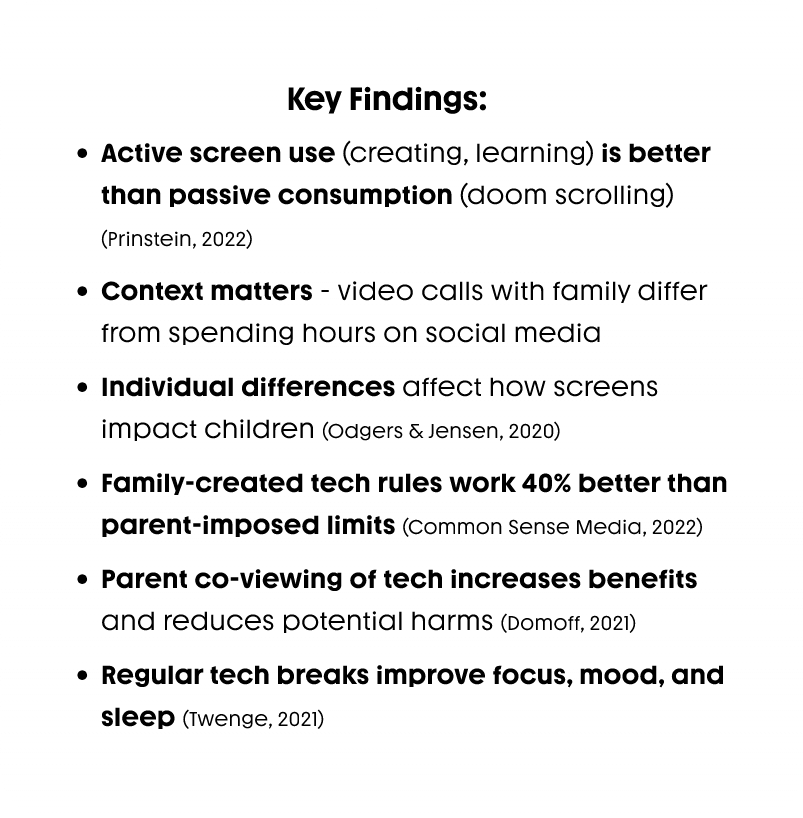



HOW WE HELP
Rather than just taking screens away, we give families tools to grow together:
SEE THE PATTERNS
Understand digital habits without judgment
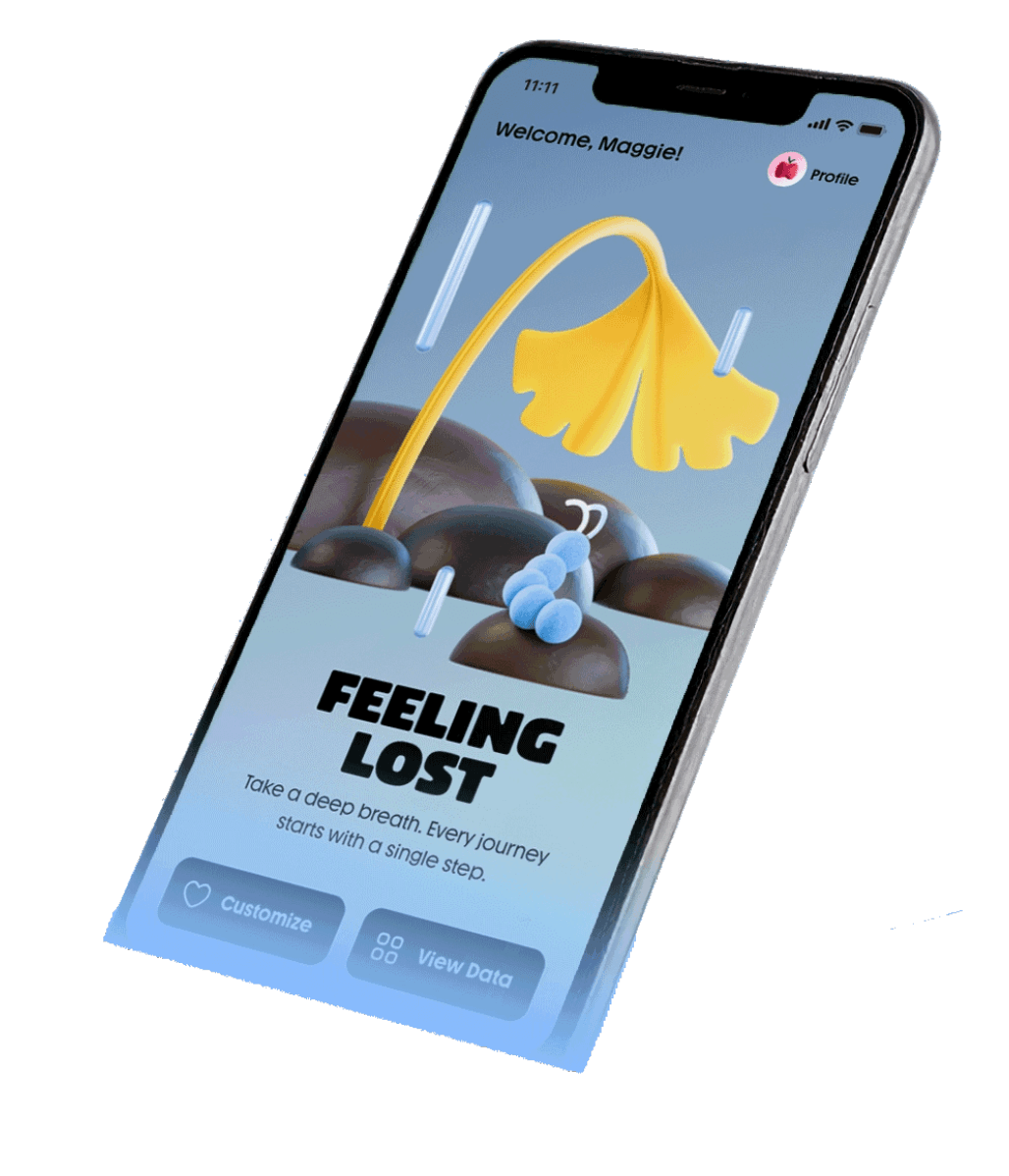
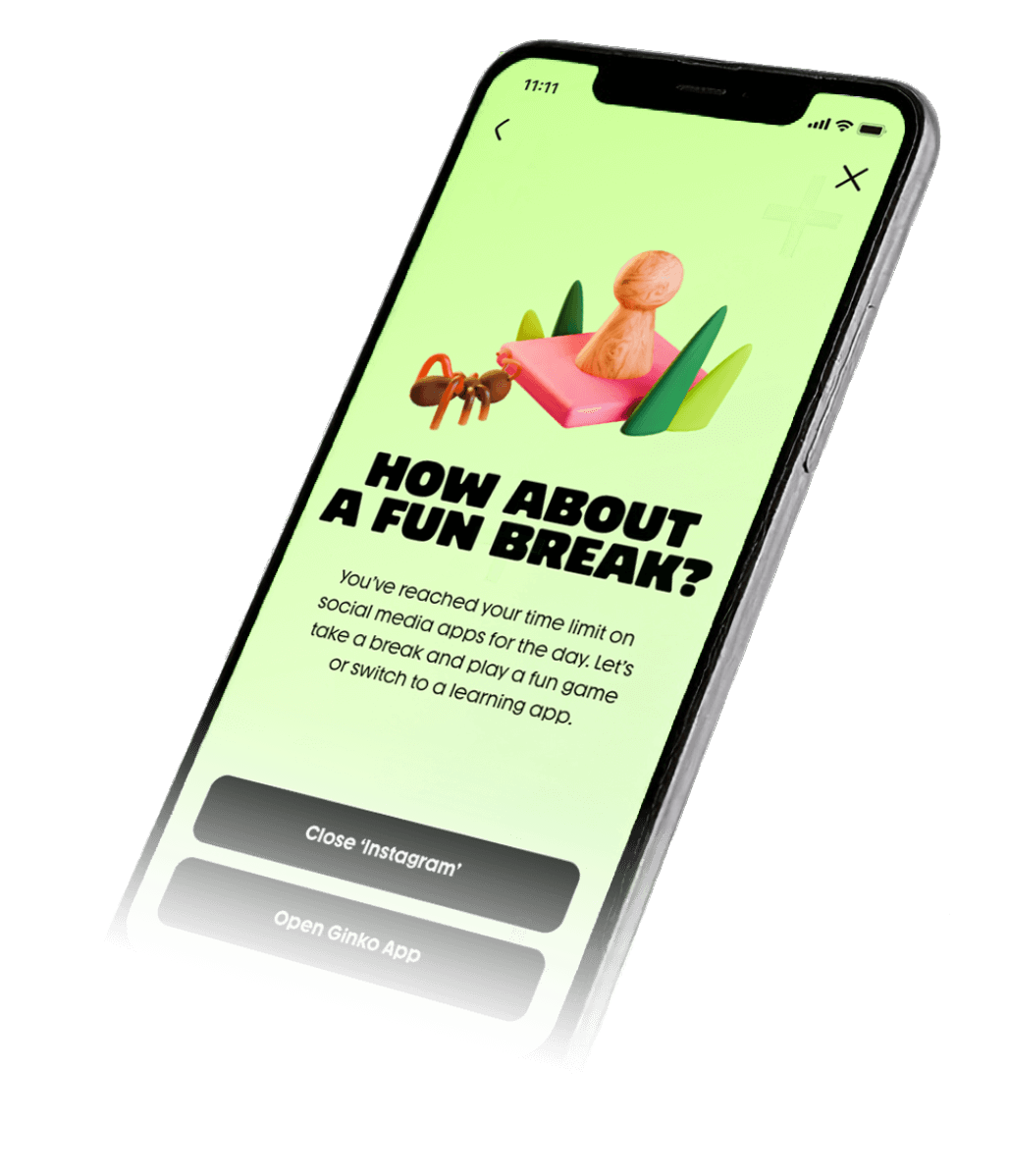
SET BOUNDARIES TOGETHER
Create limits that make sense for everyone
BUILD CRITICAL THINKING
Help kids navigate digital spaces confidently
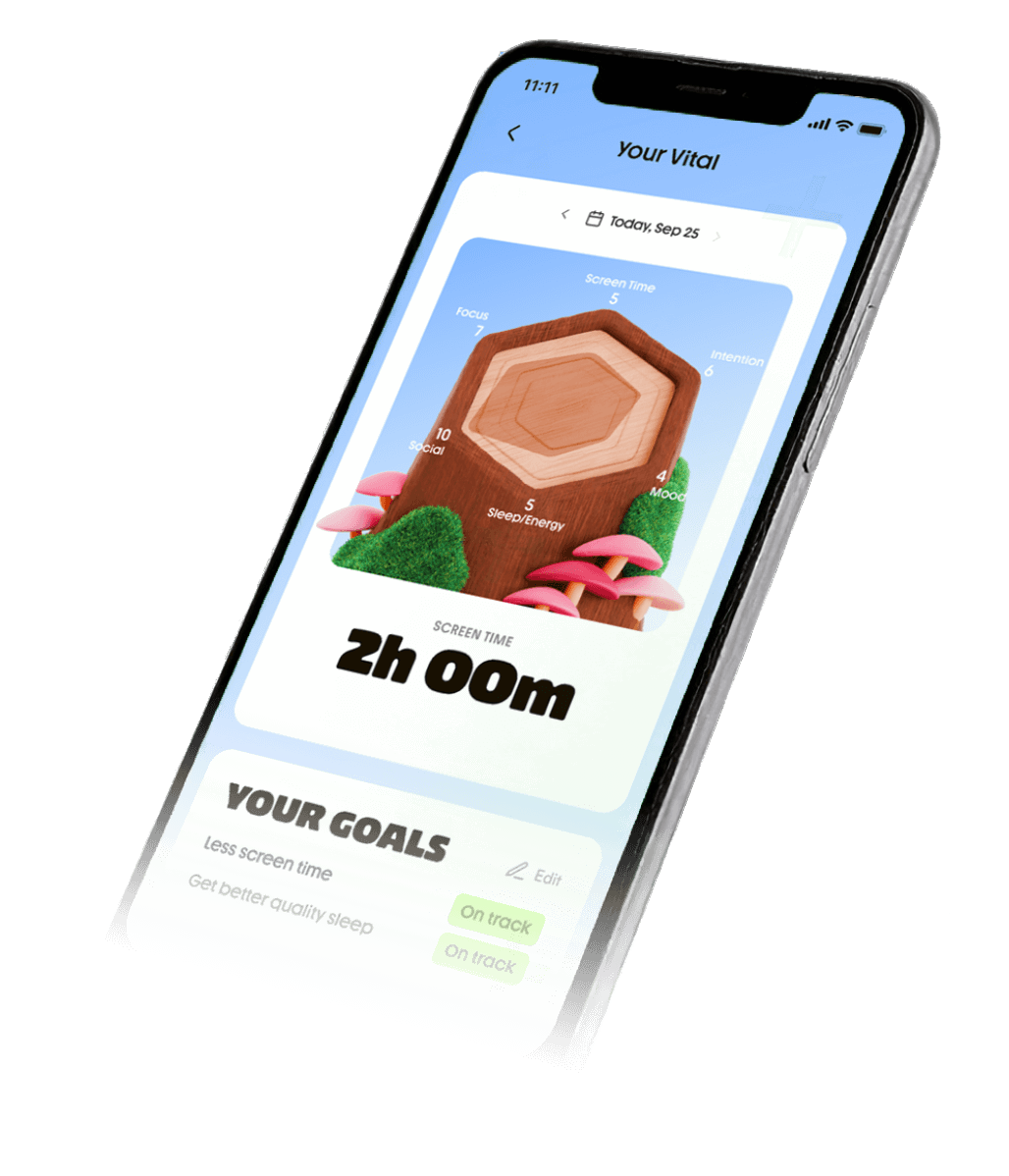
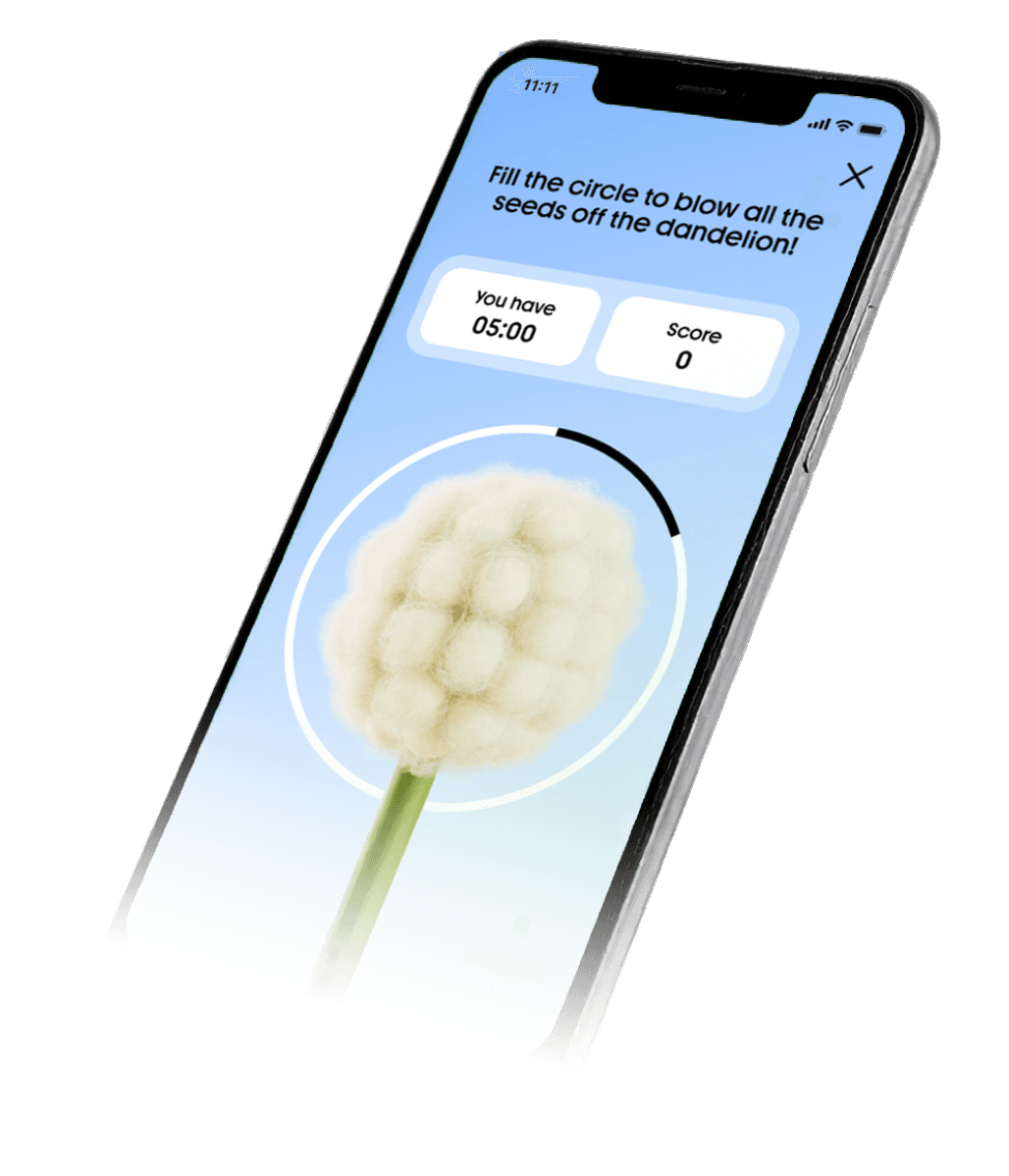
CHOOSE INTENTION OVER AUTOPILOT
Transform mindless scrolling into purposeful engagement

It's about building healthy digital habits, not banning screens. That's why Ginko is here!

Screen Stages:
GUIDANCE BY AGE
Ginko grows with your child through four key developmental stages, from first tablet to teen tech mastery. Our AI helps you see the bigger picture of how digital experiences impact mood, sleep quality, focus, and overall happiness.
For all the ups and downs of growing up in the digital world, Ginko's got you.



References
American Academy of Pediatrics Council on Communications and Media. (2016). Media use in school-aged children and adolescents. Pediatrics, 138(5), e20162592.
Blakemore, S. J., & Choudhury, S. (2016). Development of the adolescent brain: implications for executive function and social cognition. Journal of Child Psychology and Psychiatry, 47(3-4), 296-312.
Crone, E. A., & Konijn, E. A. (2018). Media use and brain development during adolescence. Nature Communications, 9(1), 588.
Keles, B., McCrae, N., & Grealish, A. (2020). A systematic review: the influence of social media on depression, anxiety and psychological distress in adolescents. International Journal of Adolescence and Youth, 25(1), 79-93.
LeBourgeois, M. K., et al. (2017). Sleep and technology use: A review of the literature. Sleep Health, 3(6), 423-431. Odgers, C. L., & Jensen, M. R. (2020). Annual research review: Adolescent mental health in the digital age—facts, fears, and future directions. Journal of Child Psychology and Psychiatry, 61(3), 336-348.
Prinstein, M. J., et al. (2022). Peer influence and adolescents' social media use: The role of self-presentation and peer feedback. Developmental Psychology, 58(3), 469-479.
Sherman, L. E., et al. (2018). Peer influence via Instagram: Effects on brain and behavior in adolescence. Psychological Science, 29(6), 868-879.
Twenge, J. M., et al. (2020). Social media use and mental health among adolescents: A meta-analysis. Clinical Psychological Science, 8(2), 265-276.
Uncapher, M. R., et al. (2017). The effects of digital media on attention and cognitive control. Current Opinion in Psychology, 27, 9-13.